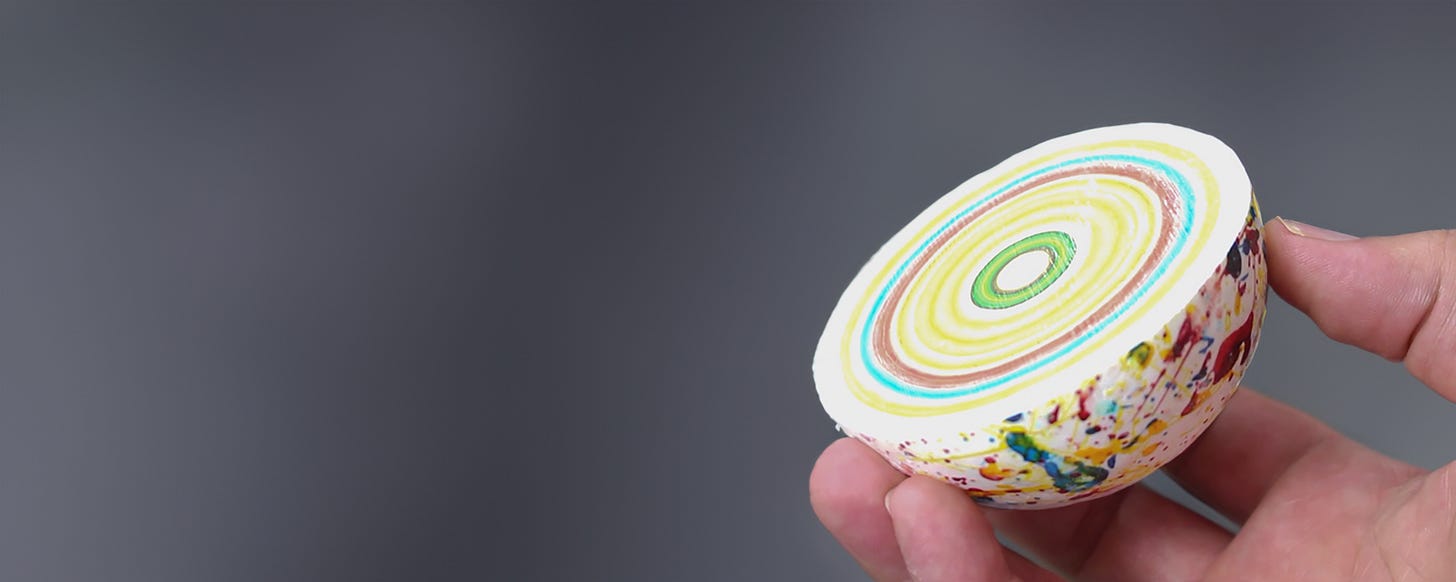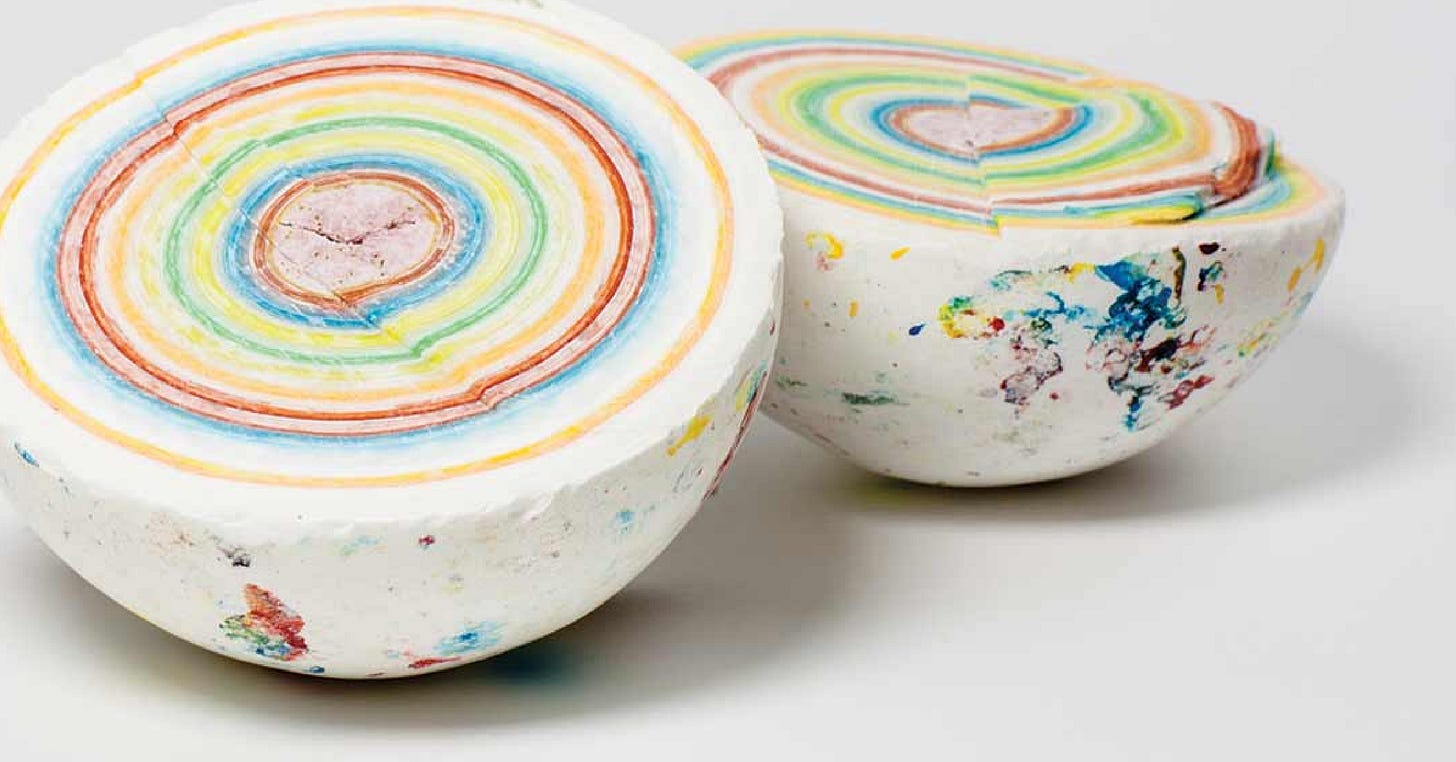UBA001 - The 6 Shearing Layers of Brand Communications
A Framework for Understanding and Implementing Effective Brand Communication

I've always been inspired by nature, in fact I'd go as far as to say my feelings towards nature are about the closest thing I have to religion in my life. There's something about the way that over time elegant solutions emerge, solving complex problems.
One of the most beautiful examples of nature's abilities is the way the Earth's layers combine to form a whole. The Earth's layers are constantly changing and evolving, but they always work together to create a stable and habitable environment for us as humans. The inner core barely changes, yet on the surface plants and creatures are born, grow and die in an instant (speaking relatively).
I believe that these layers can be a useful metaphor for understanding brand communications.
Concept
A famous exploration of this concept was carried out by architect Frank Duffy, and later elaborated on by Stewart Brand. The concept is based on the idea that buildings can be seen as a series of overlapping layers, each of which has a different lifespan. The layers are constantly changing, but they do so at different rates.
In the context of a brand, the layers represent different aspects of expression, from the core through to the surface: soul, position, personality, channels, content, and interactions. The core layers, such as the brand's soul and its position, are relatively stable and change slowly. The outer layers, such as the brand's content and its interactions, are more mutable and change more rapidly.
The shearing layers concept helps us to see how the different layers of a brand interact with each other, and how they can be used to create a cohesive and consistent experience across different touchpoints.
While working closely with Against Time over the last few years, I developed a communications framework based on this shearing layers concept to help me express my personal understanding of communications to others, and to create an actionable framework that helps organise our communications work with clients.
Framework
The 6 layers of this framework:
Brand Strategy: Defines the soul, position, and personality of the brand, as well as some storytelling set pieces. This layer is generally considered fixed, although it can be changed when relevant and be reviewed more formally every 1-5 years.
Communications Strategy: Considers the audience, channels, and resources available to create strategies and goals. The communications strategy is reviewed every quarter.
Channels: Overall design and choices for each channel, as well as the brand profiles for each channel. This layer is reviewed as and when needed, which could be as often as every month.
Planning: The communications plan is the backbone for day-to-day work. The plan demonstrates how the communications strategy is converted into actions, making the most of each channel. The communications plan is developed monthly using the communications strategy, and reviewed weekly.
Content: The final assets for content that will be posted to comms. This will commonly be copy, images, and video, but of course may incorporate other asset types depending on channels, trends and technology. Content is worked on most days.
Interactions: Interacting with other people and organisations on owned channels and on others to grow followers, interest and engagement. Interactions should be on (at least) a daily basis.
The 6 layers of the framework represent a dynamic and ever-evolving system. The layers interact with each other in complex ways, and even the way they interact can change over time but the core framework persists.
Benefits
Simplifies an extremely complex system of communications into easy-to-understand layers. This makes it easier for people to understand the different aspects of the communication process, and how they interact with each other.
Explains why brand strategy is crucial even though customers never 'see' a brand strategy. The brand strategy leads all other aspects of the communication process, and ensures that all communications are aligned with the core brand.
Creates a series of inter-related ingredients for communications that enable action planning. This makes it easier to develop and implement effective communications campaigns.
Creates natural attention-cycles for each layer of the model, e.g. interactions should be considered every day whereas a brand strategy review should be every 1-5 years. This helps to ensure that all layers are given the appropriate level of attention.
The Earth's layers are constantly changing and evolving, but they always work together to create a stable and habitable environment. Similarly, the layers of communication are constantly changing and evolving, but they always work together to create meaningful interactions for brands.
We work with these layers internally with our different creative units and are constantly learning from them, and they helps us to share communications expertise with everyone in our organisation no matter what an individual’s level of comms expertise.
I believe that the framework is a valuable tool for anyone working in communications or managing their own brand. I'm excited to share it, and I hope that it will help people to make some sense of communications in the ever-changing landscape we face.
Written by Russell






